FIRST VINTAGE BOOKS EDITION, MAY 2009
Copyright 1996, 2009 by Richard A. Isay
All rights reserved. Published in the United States by Vintage Books, a division of Random House, Inc., New York, and in Canada by Random House of Canada Limited, Toronto. Originally published in slightly different form in hardcover in the United States by Pantheon Books, a division of Random House, Inc., New York, in 1996.
Vintage and colophon are registered trademarks of Random House, Inc.
Grateful acknowledgment is made to Yale University Press for permission to reprint The Gay Therapist by Richard Isay from The Psychoanalytic Study of the Child, Vol. 46 (1991), edited by A. Solnit. Copyright 1991 by Yale University Press. Reprinted by permission of Yale University Press.
The Library of Congress has cataloged the Pantheon edition as follows:
Isay, Richard A.
Becoming gay : the journey to self acceptance / Richard A. Isay
New York: Pantheon Books, 1996.
p. cm.
1. Gay menUnited StatesPsychology. 2. Gay menMental healthUnited
States. 3. Psychoanalysis and homosexualityUnited States. 4. Self acceptance. I.
Title.
HQ76.2U5183 1997
155.3dc21
95026209
eISBN: 978-0-307-77282-4
Author photograph Gordon Harrell
www.vintagebooks.com
v3.1
For Gordon Harrell
The courage to be is the
courage to accept oneself
as accepted in spite of
being unacceptable.
PAUL TILLICH
Contents
7. Opposing Institutional Bias: Antigay
Discrimination in Psychoanalysis
Acknowledgments
I am grateful for the opportunities I have been given to discuss portions of this book at grand rounds in the departments of psychiatry at numerous medical centers throughout the country, at meetings of several psychoanalytic societies, on symposia at annual meetings of the American Psychiatric Association, and at meetings of the National Lesbian and Gay Health Association. Particularly gratifying have been invitations to speak to student groups: the NYU School of Social Work Gay and Lesbian Alliance; LAMDA Health Alliance of Columbia Universitys Health Science Campus; the Gay, Lesbian and Bisexual Student Association of Harvard Medical School; and the Gay and Lesbian Association of Cornell University Medical College.
I feel privileged to have been asked to give plenary presentations at the Institute of Human Identity in New York City; at a meeting of Integrity at the General Convention of the Episcopal Church in Indianapolis; at the Southern Conference on Lesbian, Gay, Bisexual and Transsexual Health Issues in Tampa; and at an annual meeting of the American Association of Physicians for Human Rights in New York. And I had an opportunity to discuss several chapters early on at an all-day conference sponsored by the Washington State Society for Clinical Social Work in Seattle.
Gordon Harrell has given me the time to write and the constancy, love, affection, and forbearance that have enabled me to do so. I remain grateful for all this and much more.
Finally, I want to express my appreciation to my patients, whose willingness to confront themselves has made both the book and genuine dialogue possible.
Preface
Self-esteem is enhanced by being out. The sense of inauthenticity that inevitably results from remaining closeted leads to injurious inhibitions, making it difficult or impossible to find happiness in the love of another. It is essential for a gay man to oppose antihomosexual bias wherever he finds it, not only to change this prejudice but to dissipate his anger. To be compliant with the homophobia of any organizations or institutions where we work or affiliate is debilitating and antithetical to developing a positive, loving self-image.
There is now greater acceptance of homosexuals and gay relationships than in 1996 when Becoming Gay was first published. Currently two states, Massachusetts and Connecticut, have legalized same-sex marriage, and several other states recognize civil unions or partnership that give gay couples nearly all of the same legal rights and responsibilities as heterosexuals. Such social change, along with education and advocacy for gay rights in some schools, has made it easier for adolescents to acknowledge their sexuality to themselves and their peers, and to seek out other gay youth for friendship and romance. And there are now far fewer therapists who believe that sexual orientation is mutable and that gay adolescents who are in conflict about their sexuality should attempt to become heterosexual.
The chapter on HIV/AIDS was written when treatment was neither as effective nor as available as it is today. Although many of my healthy gay patients were having difficulty forming and sustaining their relationships, I found that those who were HIV-infected were turning for the first time to the love of another for comfort, and that these relationships flourished during the course of their illness. The quest for love seems to thrive when there is a sense that life is transient. Now that AIDS is usually a treatable chronic disease because of early diagnosis and new therapies, young gay adults are once again practicing unsafe sex. The rate of infection in this group is rising, and young gay men are not as readily turning to the love of another for their comfort and security as they did when AIDS was usually fatal.
Societys gradually increasing tolerance has made it less uncomfortable for gay men to come out to their family, friends, and at work. But I still see many who are in unhappy heterosexual marriages. Injured self-esteem makes it difficult for them to acknowledge their sexual orientation and too ready to accommodate familial and social pressure to live conventional heterosexual lives. At the same time, I am seeing more middle-aged and older gay men than I did ten or twenty years ago who, emboldened by the recognition of same-sex relationships, are attempting to establish or sustain a committed relationship.
I continue to believe, as I suggest at the conclusion of this book, that loving another and being loved is the most effective means for a gay man to create positive self-regard in our society. But committed love is still difficult for some and will remain so until continuing social change makes it possible for the parents of homosexual children to provide them with the love, empathy, and understanding that every person needs.
See my book, Commitment and Healing: Gay Men and the Need for Romantic Love (Hoboken, NJ: John Wiley & Sons, 2006).

Introduction: Being Homosexual
and Becoming Gay
T hroughout most of my forty-year career as a psychoanalyst and psychotherapist, traditional Freudian psychoanalysis provided the most widely accepted view of the origin and nature of male homosexuality. The theory holds that a man desires someone of the same sex because a binding, engulfing mother kept him from being close to and thereby identifying with his father, or because a father, emotionally distant or physically absent, caused his child to turn to the mother and identify with her. In both scenarios the male child was feminized by identifying with his mother instead of his father, and, at about age five or six, at the time of the oedipal crisis, he deviated from normal heterosexuality and was on the perverted path of desiring other men instead of women.


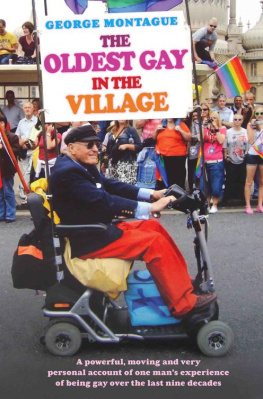
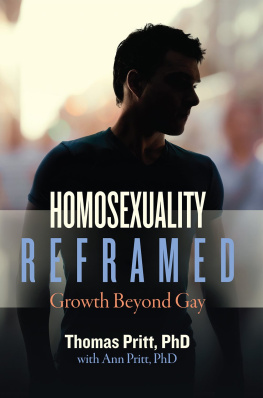
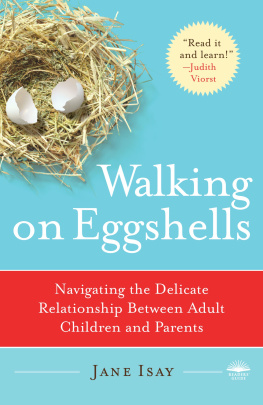
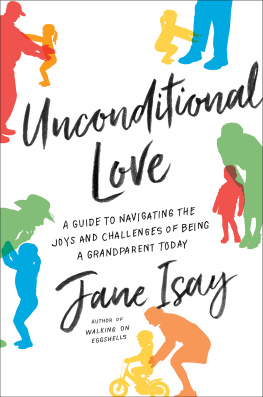
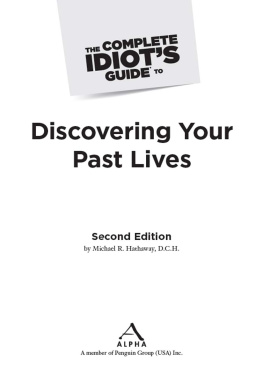
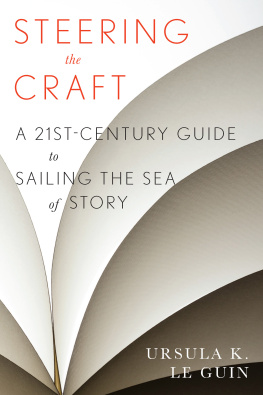

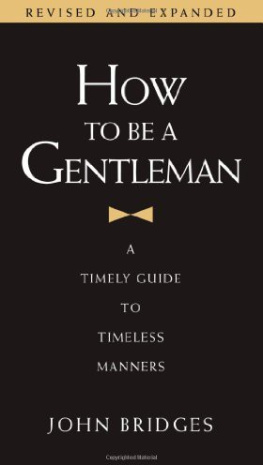
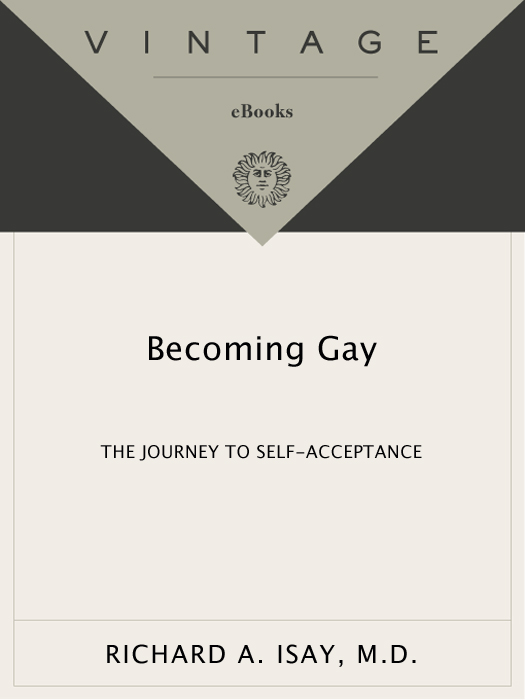
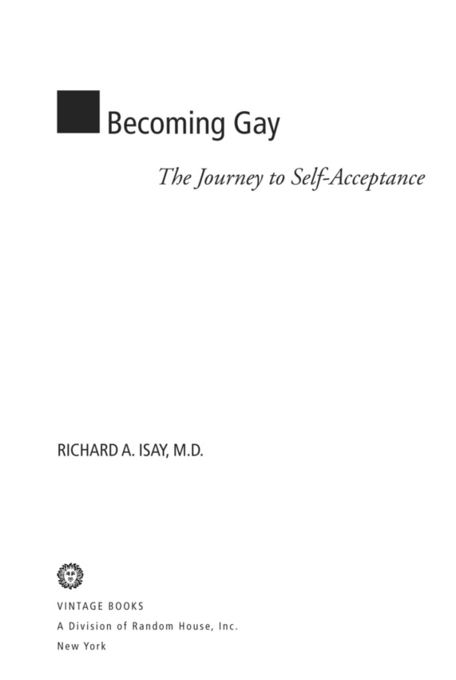
 Introduction: Being Homosexual
Introduction: Being Homosexual